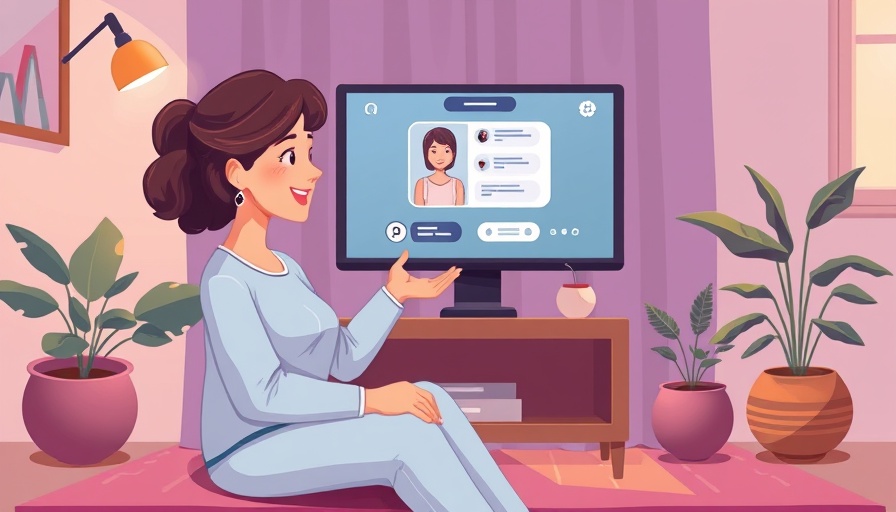
Introduction: AI Meets Studio Ghibli
In an intriguing development, OpenAI's recent launch of its new AI image generator has taken social media by storm, reminiscent of the beloved animation styles from Studio Ghibli. Users are flooding platforms with AI-generated images that showcase iconic looks of figures like Elon Musk and characters inspired by My Neighbor Totoro and Spirited Away. However, this trend comes with a darker undertone - questions surrounding copyright laws.
The Legal Landscape of AI Generated Art
A significant concern raised by legal experts revolves around how these AI systems are developed. Evan Brown, an intellectual property attorney, explains that while the style of a work is not explicitly protected by copyright, the methods of training these models often skirt legal boundaries. If OpenAI’s tools utilize copyrighted visual data—specifically frames from Studio Ghibli productions—then ethical and legal repercussions are inevitable.
Understanding Copyright in the AI Realm
The crux of the problem centers on whether using copyrighted materials for training AI equates to copyright infringement. With rising lawsuits from major publishers against OpenAI, these pivotal questions remain unanswered: Does training on copyrighted styles fall under fair use? Are artists like Hayao Miyazaki being granted the respect and rights they deserve?
Public Reaction and Artistic Integrity
The public’s response has been one of fascination mixed with concern. Enthusiasts appreciate the novelty and creativity that AI art brings, yet many fear this might undermine traditional artists. The replication of styles, especially those pioneered by living artists, sparks debates about the essence of creativity. Are these tools novelty, or do they threaten artistic livelihoods?
AI Image Generators: The Rise and the Repercussions
OpenAI isn’t alone; Google’s recent features that allow similar image manipulation have sparked widespread interest, although they too bring criticism. By enabling users to create art reflective of various styles—ranging from Pixar to Dr. Seuss—these tools challenge preconceived notions of intellectual property and artistry.
The Future of AI and Copyright Law
Looking ahead, developments in this space could lead to broader implications. Experts suggest it may precipitate a reevaluation of copyright laws as the boundaries between inspiration and infringement become obscured. Will the legal system adapt to guard against this burgeoning technology, or will it continue to lag behind?
Conclusion: Finding a Balance
The intersection of AI and artistry is an exciting yet complex arena that demands careful navigation. Striking a balance between innovation and respect for original creators is imperative as we move forward. The emergence of AI tools like OpenAI's may bring enhanced artistic exploration, but not without raising serious ethical questions.
 Add Row
Add Row  Add
Add 




Write A Comment